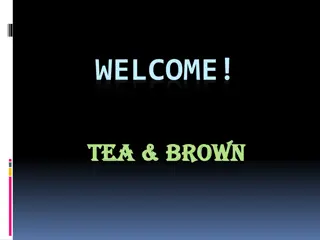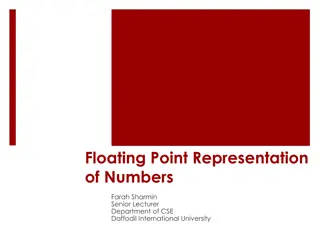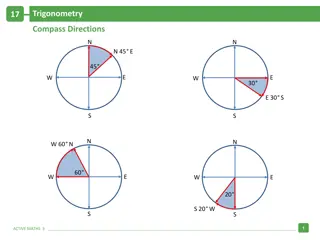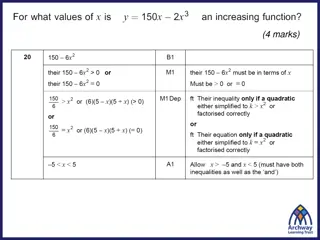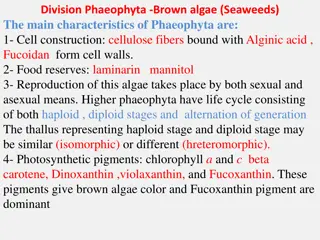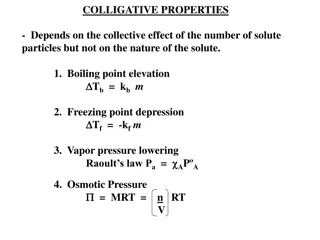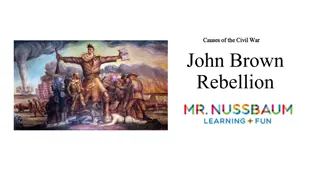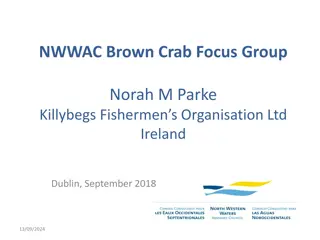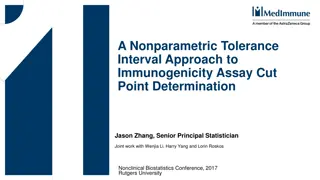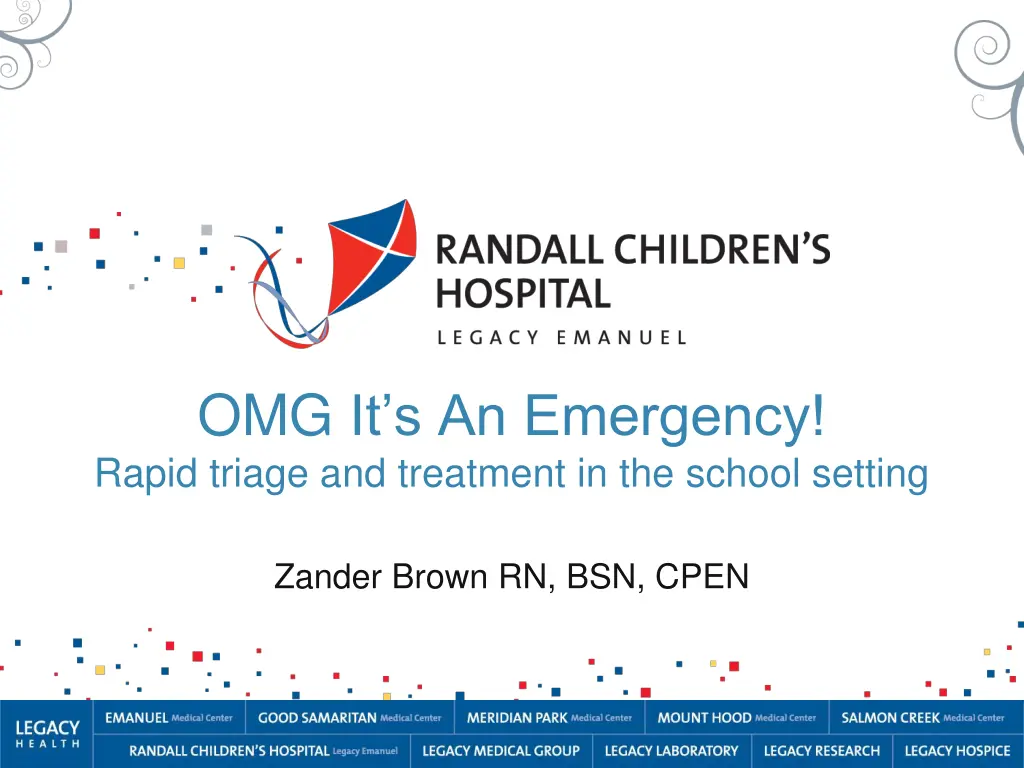
Emergency Response in School Settings
Learn about rapid triage and treatment procedures for emergencies in schools, focusing on injuries as the leading cause of death among children. Understand the importance of recognizing, assessing, and intervening in emergency situations, including key factors such as appearance, activity, work of breathing, circulation, and color. Stay informed about normal and abnormal activities to identify potential neurological insults, respiratory compromise, and signs of impending shock in children. Be prepared to assess color changes, capillary refill, and other indicators of distress to provide timely and effective care in school emergencies.
Download Presentation

Please find below an Image/Link to download the presentation.
The content on the website is provided AS IS for your information and personal use only. It may not be sold, licensed, or shared on other websites without obtaining consent from the author. If you encounter any issues during the download, it is possible that the publisher has removed the file from their server.
You are allowed to download the files provided on this website for personal or commercial use, subject to the condition that they are used lawfully. All files are the property of their respective owners.
The content on the website is provided AS IS for your information and personal use only. It may not be sold, licensed, or shared on other websites without obtaining consent from the author.
E N D
Presentation Transcript
OMG Its An Emergency! Rapid triage and treatment in the school setting Zander Brown RN, BSN, CPEN
Emergencies in Schools Injuries are the leading cause of death among children 5- 19 years old. 10-25% of injuries to children occur at school. Average child spends 28% of their day and 14% of total annual hours in school. 25% of pediatric emergency visits are children with chronic heath problems or special needs. American Academy of Pediatrics, Council on School Health. Medical Emergencies Occurring at School, Policy Statement; 2004
Responding to Emergencies Recognition and Assessment Triage Intervention
Recognition and Assessment Appearance Activity Work of Breathing Circulation Color
Activity Assesses neurological status > Alert and Aware > Out of it > Crying > Drowsy > Abnormally calm > Panic What is the normal activity for the situation? For instance crying immediately after injury. Deviations suggest neurological insult > Head injury > Seizure > Intoxication > Shock
Work of Breathing Rate > Increased rate is an early indication impending shock Effort > Retractions > Accessory muscles, > Abdominal breathing > Nasal flaring > Posture Quality > Stridor, Wheezing > Inspiratory vs. expiratory ratio > Clipped verbalizations, panic Age Normal Respiratory Rate Pre-School 22-34 School-Age 18-30 Adolescent 12-20
Work of Breathing Respiratory compromise is a much more common cause of death in pediatrics vs. adults. Children compensate through increased rate but can only do so for a limited time. Small airways mean decreased ability to handle inflammation and edema.
Color Assess color at mucous membranes Capillary refill, assess at nail beds or thenar eminence Deviations include > Flushing > Mottling > Pallor Pallor is a late sign of shock. Children will compensate through increased HR and vasoconstriction until cardiovascular collapse is imminent.
Triage Triage will guide interventions Back to class Call Parents > Home > PCP, Urgent Care, Emergency Care Call Paramedics
Interventions Back to Class The child has no significant injury or illness Assess and Stabilize Palliative > Bandaids, ice packs PRN Rx > Clear care plan essential > Refer to AAP website for links to treatment plans
Interventions Call Parents The child has a potentially significant illness or injury which requires further attention Home vs. Primary Care/Urgent Care Primary Care/Urgent Care vs. Emergency Care When can child return?
Interventions Call the Paramedics The child requires urgent treatment or may rapidly worsen Supportive care until arrival, ABCs Care plan for chronic health care needs Communicate with EMS and receiving facility
Injuries Head > Deformities, step-offs, tenderness, mandibular injury > Signs and symptoms of concussion Loss of consciousness Vomiting Cognitive deficits Neck and back > If injury suspected, immobilize until EMS arrives > Assess for point tenderness over spine. Spinal vs.muscular pain Teeth > Traumatic loss or displacement of tooth = emergency dental care > Keep avulsed teeth in toothsaver, mouth or milk. Handle by crown. > Goal is re-implantation within 60 minutes
Injuries Torso > Blunt trauma to abdomen with resulting tenderness = ED > Trauma Criteria for EMS Falls >10 feet Auto vs. ped./bike, thrown, run over, or >20 mph Bike crash > 20 mph Extremities > Suspected fractures Direct to PCP, Urgent Care, or ED based on severity Assess perfusion, angulation, pain, open vs. closed Lacerations Triage to PCP, Urgent Care, or ED based on difficulty Compliance of child, degree and location of laceration should be considered. Will the child need sedation for repair?
Respiratory Emergencies Stridor = Upper airway > Foreign Body > Croup, epiglottitis, tracheitis > Anaphylaxis Care Plan? PRN Epi-pen? Wheezing = Lower airway > Asthma Care Plan? PRN Albuterol? > Bronchiolitis, pneumonia
Chest Pain Concerning Signs > Trouble breathing > Worse with exertion Reassuring Signs > Reproducible with palpation, movement Causes > Reflux > Injury > Costrochondritis > Pneumonia > MI, PE (extremely unlikely in healthy children)
Abdominal Pain Accompanying Symptoms? > Vomiting? > Diarrhea? > Fever? > Tenderness? > Dysuria > Constipation Wide Differential > Constipation > Gastroenteritis > UTI > Appendicitis > Pneumonia > Strep Throat > Injury > Pregnancy, ectopic > Mittelshmerz > Cholecystitis > Pancreatitis Context > Duration > Location > Situation
Altered Mental Status Seizure > Generalized vs. focal > Diastat, Intranasal Versed, Vagal Nerve Stimulators, care plans > Pseudoseizure Ingestion > Intentional vs. accidental > Recreational vs. Self-harm Stroke > Traumatic vs. spontaneous Hypoglycemia > Care plans for DM 1 students
Lets play the Triage Game You get to choose. Back to Class? Call the Parents? Call the Paramedics?
5 year old with sudden onset of inspiratory stridor and drooling in Kindergarten today.
5 year old with sudden onset of inspiratory stridor and drooling in Kindergarten today. Call the Paramedics. Possible foreign body aspiration. 8/23/2025 RANDALL CHILDREN'S HOSPITAL 21
10 year old with nosebleed that started while taking history test.
10 year old with nosebleed that started while taking history test. Hold pressure x 2 minutes. If it stops, back to class. If not, reassess. 8/23/2025 RANDALL CHILDREN'S HOSPITAL 23
12 year old with sudden onset of chest pain following lunch. No dyspnea, not reproducible. Admits to eating bag of Takis. 8/23/2025 RANDALL CHILDREN'S HOSPITAL 24
12 year old with sudden onset of chest pain following lunch. No dyspnea, not reproducible. Admits to eating bag of Takis. Call the Parents. Likely reflux. Possible return to class.
13 year old, standing with back to soccer goal, took blindside soccer ball to head. Dizzy and slightly nauseated but otherwise fine. 8/23/2025 RANDALL CHILDREN'S HOSPITAL 26
13 year old, standing with back to soccer goal, took blindside soccer ball to head. Dizzy and slightly nauseated but otherwise fine. Call the Parents. Likely concussion. Should go to PCP, UC or ED. Assess for neck pain. If neck injury suspected call paramedics.
6 year old, bumped heads in PE. 1 cm laceration to inner lower lip. 8/23/2025 RANDALL CHILDREN'S HOSPITAL 28
6 year old, bumped heads in PE. 1 cm laceration to inner lower lip. Call parents. Assess for dental injury. Minor mucosal lacerations (not crossing the vermillion border) are not typically repaired. PCP or UC could easily handle.
14 year old with abdominal pain and limping gait. Started last night but got worse today. Temperature of 100 F, RLQ tenderness. 8/23/2025 RANDALL CHILDREN'S HOSPITAL 30
14 year old with abdominal pain and limping gait. Started last night but got worse today. Temperature of 100 F, RLQ tenderness. Call the parents. Likely appendicitis. While PCP or UC could begin care, ED at a children s hospital is recommended.
8 year old, basketball vs. face in PE today. Lost loose deciduous incisor. Scant bleeding. 8/23/2025 RANDALL CHILDREN'S HOSPITAL 32
8 year old, basketball vs. face in PE today. Lost loose deciduous incisor. Scant bleeding. Call parents to notify and verify that tooth was deciduous. If adult tooth emergent dental care is indicated. Assess for symptoms of neck injury or concussion. If no other symptoms appropriate for back to class.
15 year old with history of peanut allergy developed vomiting and generalized uriticarial rash. 8/23/2025 RANDALL CHILDREN'S HOSPITAL 34
15 year old with history of peanut allergy developed vomiting and generalized uriticarial rash. Care Plan? Call the Paramedics. Symptoms of allergic reaction in multiple body systems (GI tract and skin) suggests evolving anaphylactic reaction. If directed in care plan, administer benadryl. Be prepared to administer epi-pen.
7 year old fell off of monkey bars at recess. Tenderness at right wrist. No apparent deformity. Pain rates at 5/10. 8/23/2025 RANDALL CHILDREN'S HOSPITAL 36
7 year old fell off of monkey bars at recess. Tenderness at right wrist. No apparent deformity. Pain rates at 5/10. Call Parents. Possible stable fracture. PCP, UC or ED visit indicated.
17 year old male. Sudden onset of chest pain after a fit of coughing. Increased respiratory rate and shortness of breath at rest. Anxious. 8/23/2025 RANDALL CHILDREN'S HOSPITAL 38
17 year old male. Sudden onset of chest pain after a fit of coughing. Increased respiratory rate and shortness of breath at rest. Anxious. Call the paramedics. Chest pain with SOB is concerning. Possible pneumothorax. August 23, 2025 RANDALL CHILDREN'S HOSPITAL 39
16 year old. Stung by bee with area of localized pain and redness. History of bee sting allergy. Epi-pen on hand in office. 8/23/2025 RANDALL CHILDREN'S HOSPITAL 40
16 year old. Stung by bee with area of localized pain and redness. History of bee sting allergy. Epi-pen on hand in office. Assess for signs of systemic reaction. If no systemic response call the parents and consider benadryl. If systemic response, call the paramedics and consider Epi-pen. 8/23/2025 RANDALL CHILDREN'S HOSPITAL 41
11 year old with history of Aspergers and ADHD. Jumped up into door jamb and sustained 3 cm laceration to forehead. 8/23/2025 RANDALL CHILDREN'S HOSPITAL 42
11 year old with history of Aspergers and ADHD. Jumped up into door jamb and sustained 3 cm laceration to forehead. Call the parents. Child needs laceration repair which will likely be complicated by behavioral compliance and facial location. Consider referral to children s hospital emergency department. 8/23/2025 RANDALL CHILDREN'S HOSPITAL 43
7 year old, helmeted bike crash en route to school this morning. Sustained abrasion to knee and elbow. Now pale with dizziness and abdominal pain one hour later. 8/23/2025 RANDALL CHILDREN'S HOSPITAL 44
7 year old, helmeted bike crash en route to school this morning. Sustained abrasion to knee and elbow. Now pale with dizziness and abdominal pain one hour later. Assessment reveals tenderness and 3 cm diameter bruise on abdomen. Call the paramedics. Recommend trauma activation. 8/23/2025 RANDALL CHILDREN'S HOSPITAL 45
8 year old with intermittent abdominal pain for one week. No fever, nausea, vomiting, or diarrhea. Generalized pain without specific tenderness. 8/23/2025 RANDALL CHILDREN'S HOSPITAL 46
8 year old with intermittent abdominal pain for one week. No fever, nausea, vomiting, or diarrhea. Generalized pain without specific tenderness. Call the parents. Consider constipation. Recommend visit to PCP, UC, or ED. August 23, 2025 RANDALL CHILDREN'S HOSPITAL 47
11 year old with altered mental status. Confused, nauseated, not making sense in class. History of type 1 DM. 8/23/2025 RANDALL CHILDREN'S HOSPITAL 48
11 year old with altered mental status. Confused, nauseated, not making sense in class. History of type 1 DM. Care Plan? Glucometer? If mild hypoglycemia with directions in care plan, correct as directed and call parents. If not, call the paramedics. 8/23/2025 RANDALL CHILDREN'S HOSPITAL 49
8 year old fell while running in hall with pen in mouth. 0.5cm laceration to posterior oropharynx. Minor bleeding. 8/23/2025 RANDALL CHILDREN'S HOSPITAL 50



